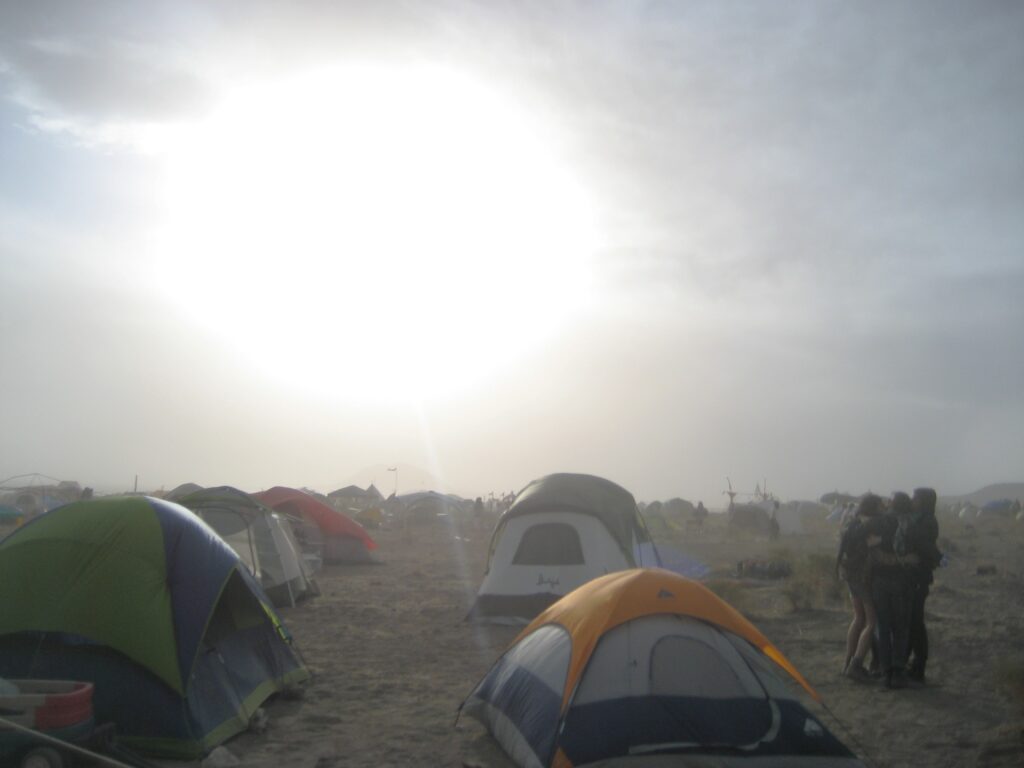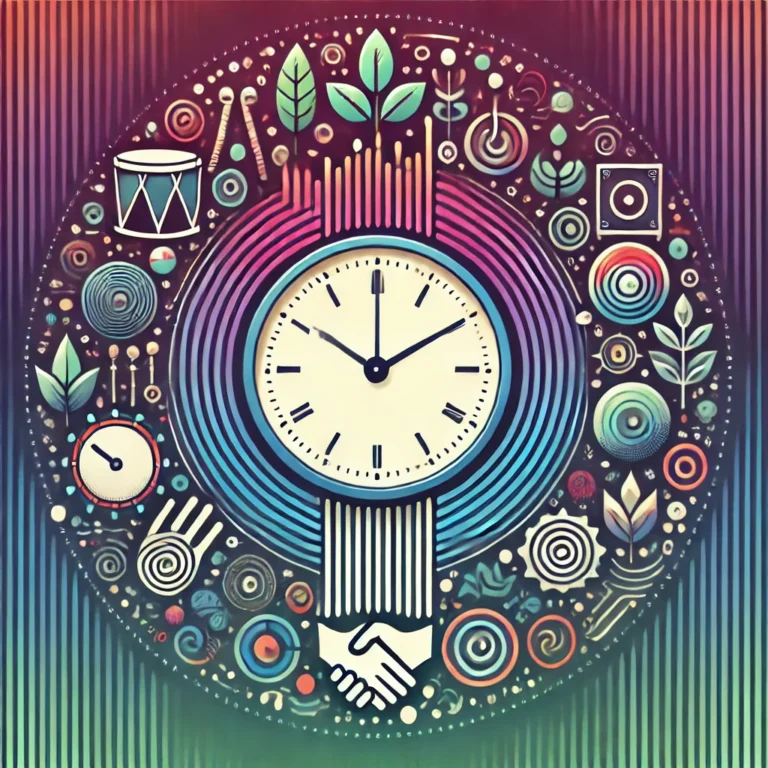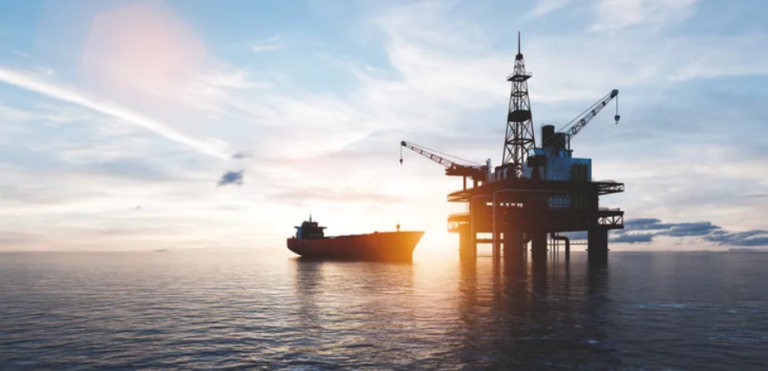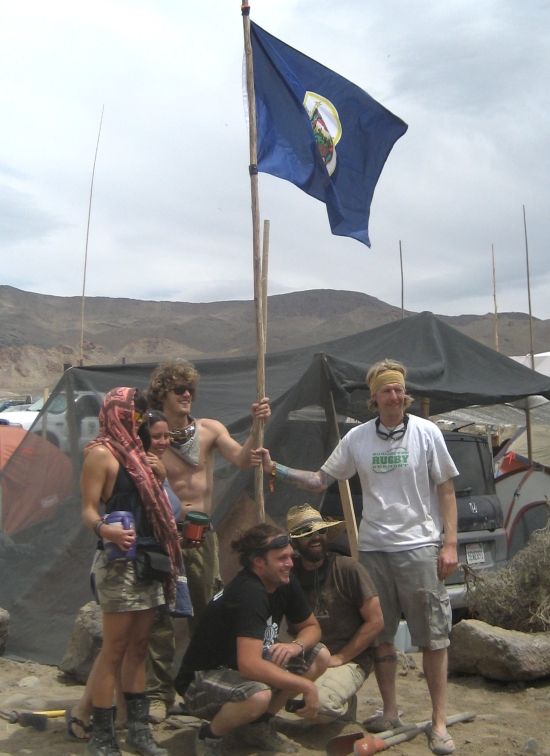
My first transformational festival was before the era of the influencer, before the marketing spectacle of social media became a fractal mirror of today’s cultures. Yes there was Facebook, the most used platform, and Instagram, launched two years before, mostly a photo gallery of snapshots from people’s lives, but social media hadn’t become the lens through which its users understood and learned about the world. We saw moments of an event days after the event ended, after eventually being uploaded once a decent internet connection was found; the Iphone 4s was the latest model, and not everyone had a smart phone – flip phones and blackberries were the go to. Whatever photography made it out of Burning Man, Envision Festival (which started in 2011), or the others were chosen carefully, uploaded slowly, and seen by relatively few. Authentic sharing was easier, more natural, and wasn’t thought of as content to monetize.
I had a digital camera, a Canon Powershot, I think, and was ready to experience Symbiosis Eclipse outside Reno, having no idea how to set up a tent. So naturally I got a volunteer spot setting up the tents for the DJs (thats another story). It was my first transformational festival experience, and it being 2012, with no highspeed internet in my hand, I couldn’t look any DJs up, I couldn’t watch any videos about the festival, and I definitely couldn’t join a WhatsApp group to meetup with new friends…and it was more than ok. Outside of the festival media team, whoever was taking pictures or videos, it was for memories, not “content”.
No one had a personal brand based on digital presence, no social media channels to grow with viral moments of festival antics or a beautiful festival-goer caught in the slow motion well lit and perfectly edited recap clip. Just thousands if not millions of lens-free authentic moments shared between eyes, ears, and hearts. And yes, this is definitely a romanticized take, which is beautiful of course for one simple reason: I don’t have videos to say otherwise, and only Canon Powershot photography with 2012 filter to spark my memories.
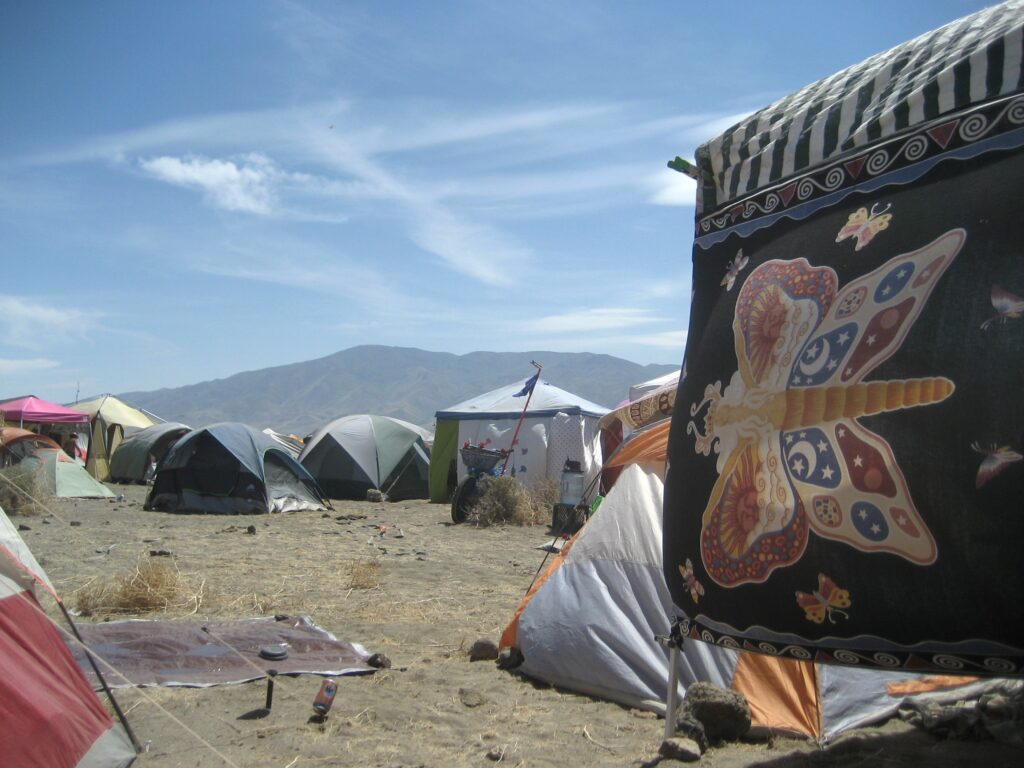
The truth is, for festivals, whatever marketing spectacle there was back then was only possible within the capabilities of the technology we all had in our hands. We didn’t turn authentic moments of sharing and connection into a clip or a reel, for our personal brands or to feed the ideas others had of who we were. And it’s not just about the events we attend and the moments we want to capture. It’s about recognizing the spectacle that technology has allowed each of us to create, the attention we seek, and the attention we’re all paying for, in more ways than we can imagine.


